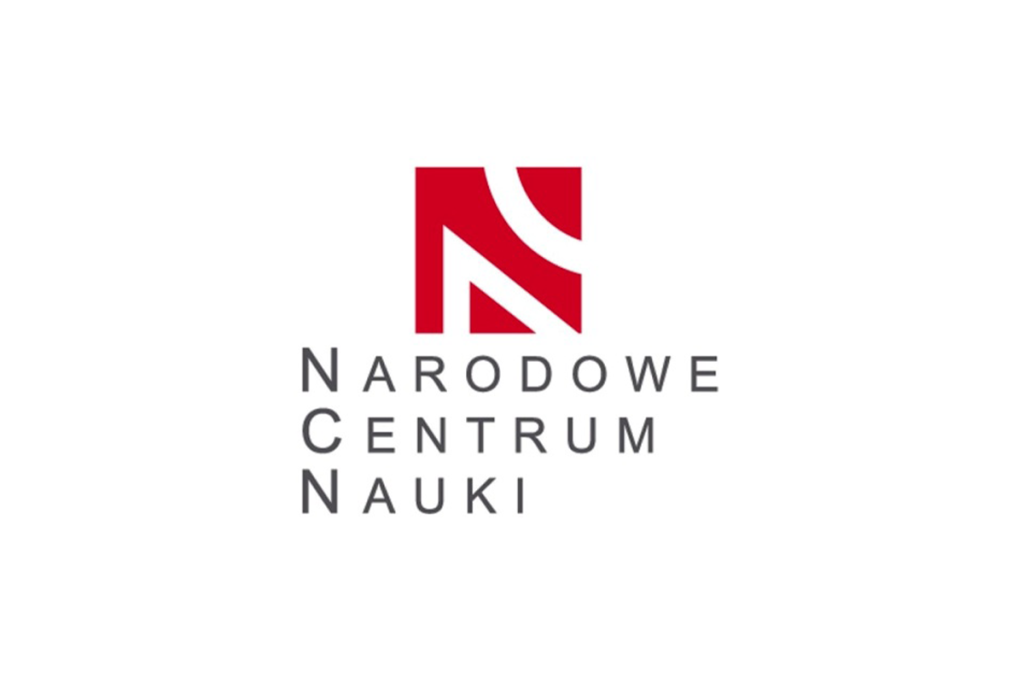mgr inż. Dawid Marek Strzelczyk wins the Preludium 23 contest

We are pleased to announce that mgr inż. Dawid Marek Strzelczyk won the Preludium 23 contest, receiving the amount of 166 689 PLN to implement a research project titled “Development of the grid-free Boltzmann gas method – dedicated advection operators, boundary conditions and discretization strategies”.
Development of the grid-free Boltzmann gas method
– dedicated advection operators, boundary conditions and discretization strategies.
What do underground water tanks, supersonic planes, and blood testing instruments have in common? Despite differences in many aspects, from their size to how they serve people, they all in some way are related to the flow of fluids – water, air, or blood. In order to test and design them, researchers and engineers need to look closely at those flows, which usually is only possible using computer simulations. Computational fluid dynamics (CFD) is the field of science that provides them with tools that allow them to answer such questions as: what will be the level of groundwater under a newly constructed housing estate, how much fuel will a plane burn during its flight, or how much time will it take to test a blood sample with a portable analysis kit and how reliable will its results be. CFD methods can be compared to hammers, screwdrivers, and pliers present in any mechanic workshop. Only the purpose of using those tools is different.
CFD methods are currently used in an increasing number of situations where they are required to be not only precise but also effective. This stimulates continuous improvement of algorithms in the CFD area. Afterall, it is much more convenient to use a cordless battery screwdriver than labor with an old manual one. One of such handy CFD tools is the lattice Boltzmann method (LBM). It performs well in terms of speed of computation, representation of complex geometries where flow takes place, and more recently, work has been underway to adapt it for computation on quantum computers. Without a doubt, it is an efficient, multipurpose battery screwdriver with a wide range of bits capable of handling many types of screws. However, in some situations a drill may turn out to be too big or too heavy to conveniently operate. The same is true for CFD tools, and LBM is not an exception. The number of calculations it needs to perform to reach its given goal can be lowered and the accuracy improved so that the method works faster and consumes less resources, e.g. power. This was the motivation to create a variant of this tool, called the meshless lattice Boltzmann method (MLBM). It is like an improved version of a standard battery screwdriver, lighter and more energy efficient. It sounds very tempting, however the new version of the tool is only in its prototype phase and many questions will have to be answered before it reaches store shelves.
The aim of this project is testing the basic traits of MLBM relevant from the point of view of physics and computer calculations, as well as comparing this method to standard LBM. We will look at elements that the new screwdriver is constructed from, the way in which they are connected, and on those grounds we will be able to tell when and how it can do its job better than the original version. We will also propose possible improvements. Then, we will use it for simple tasks, e.g. deconstructing a kitchen cupboard, to verify that it definitely works properly. Further on, we will proceed to bigger challenges, like an attempt to repair a car while driving on a bumpy road, and compare the operation of the prototype to the original screwdriver. Once the tests are finished and results analyzed we will be richer with a wealth of knowledge about MLBM which will enable further development and use of this method.
Many fields of science and engineering will profit from the results of this project. People responsible for designing vehicles and studying climate changes will obtain a new work tool which will provide more accurate answers to their questions faster and more readily. From the everyday point of view it means that products and services related to the flow of air and water – e.g. plane flights
*will become cheaper and their quality will improve. In other words – repair of appliances in CFD workshop will become less inconvenient!
